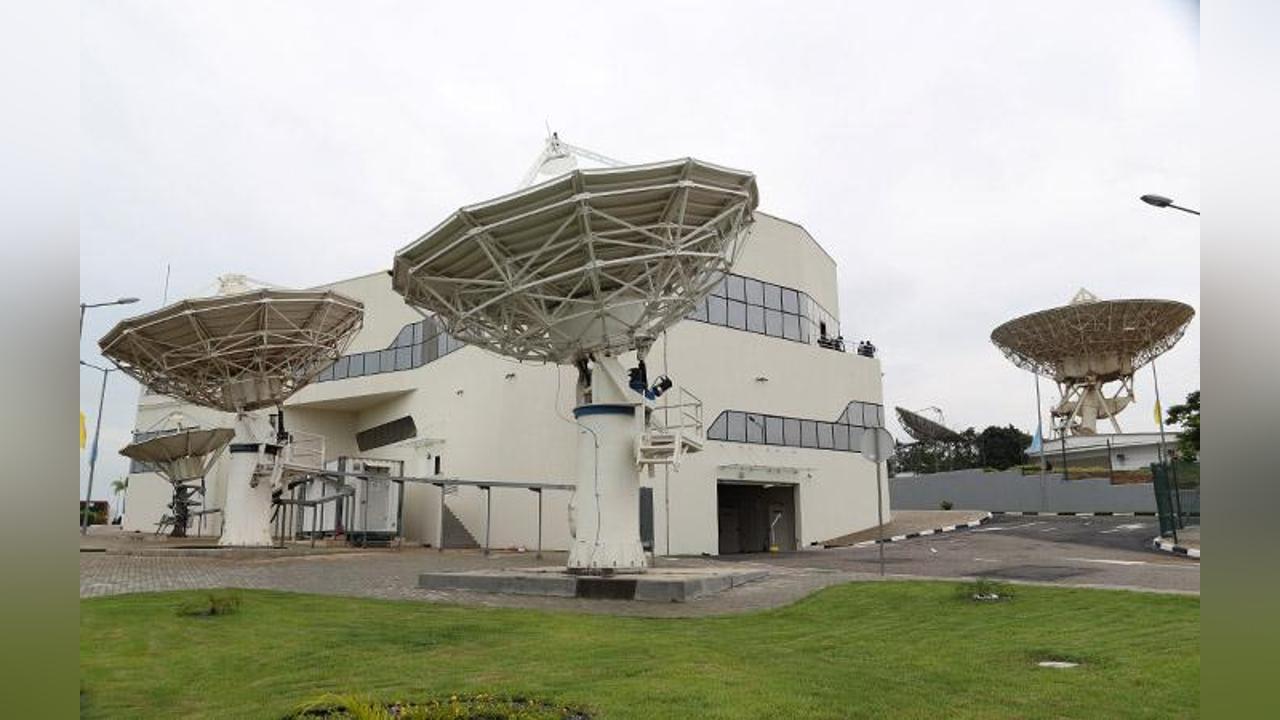Africa-Press – Angola. Until then, the value chain concept reached other dimensions and started to be used in every business sphere, as well as to define all the participants that are involved in a certain industrial sector.
By Hugo Nascimento, member of the National Space Program Management Office
Thus, in this article, we will talk about the value chain, to understand how the satellite business works, the interdependence between the parties to deliver satellite communication to the end user.
When, in 1985, Michael Porter presented the value chain concept in business management in his book competitive advantage, the author referred to the set of small details in the activities of each constituent part of the company, which add value, from suppliers to the final sale and distribution of products and services to the end user.
Whose responsibility is it to bring satellite services to the end user?
When we look at the market and observe the satellite business, specifically focusing only on the telecommunications satellites section, we notice a value chain, involving all parties that cooperate in this ecosystem, which is essentially divided into three major segments (you can find other classifications ): the upstream segment that deals with the manufacture and services of launching satellites, the intermediate segment (the English midstream) that deals with the operationalization of the satellite and the descending segment (the English downstream) that deals with the application and sale of services, land equipment and leasing.
Unlike the centralized economy, the market economy offers a panorama of opportunities, where different companies, excellently specialized, can act in any of the segments along the space industry described above, generating a monetary flow, which leverages the space economy internationally.
To give you an idea, the bottom part includes the following activities: design, conception, manufacture, integration, testing (sometimes even individual components) and takes 2 – 3 years to complete. Once completed, a specialized company is subcontracted to launch and place it into orbit. Placed in orbit is handed over to the contracting party and operationalized until the useful life of the satellite (see the article on Angosat-2 updates on our website), this in the intermediate segment which is where the GGPEN is located.
In the downward segment: once launched and after successfully completing the tests in orbit, the satellite delivery process known in the industry as handover takes place, which means passage or delivery of the satellite. From this moment on, the commercial phase begins with the process of renting repeaters and selling capacities, that is, bandwidth measured in MHz. It is precisely here where the companies that take the signal to provide services to end users come in.
Cellular and fixed mobile communication operators, TV, radio and internet providers and distributors are part of the downstream segment and are responsible for guaranteeing the connection of end users to satellite communication services through VSAT antennas. (Very Small Aperture Terminal) and other related systems.
the angolan paradigm
Worldwide, investments to start a business in telecommunications are high, that is, in the order of millions of dollars. The companies and States that do so, invest in their own local network infrastructure, connected with fibers and/or satellites to guarantee the extension of connectivity from the local last mile to the global network.
In provincial capitals, optical fibers and microwaves are the most suitable infrastructures, with satellite communication as a secondary system or for emergency situations. However, in more remote regions where investments in fiber optics or radio links are non-existent or not justified, satellite communication is recommended as the primary system.
That said, we want to say that it is not possible and practical with satellite communication alone to connect all the services at the level of municipalities and communes in the country, but having the Angosat-2 satellite as yet another complementary infrastructure of a whole national telecommunications system with the satellite.
In a first instance, Angosat-2 is serving to expand the communication signal to priority sectors such as schools, hospitals, State administration services, defense and security, thus connecting a good number of institutions, this through companies in the sector as we saw in the different segments.
With regard to telecommunications services for end users using Angosat-2, they will be made available by companies in the sector, which since February of this year have begun the process of joining, testing and gradually implementing Angosat-2 services.
The National Space Program Management Office (GGPEN), as the State body for the implementation of public policies related to space, is part of the intermediate follow-up (midstream) of satellite operation, that is, it deals with all issues operationalization of the Angosat-2 satellite at the Control and Mission Center of Funda throughout its useful life, providing capabilities in Megahertz (MHz) in national currency at competitive prices and for the entire national and international territory, fostering the interest of companies of the sector to connect to this great asset of the Angolan State for the provision of services to end users and the expansion of their networks at the regional level, making them more profitable and competitive.
For More News And Analysis About Angola Follow Africa-Press






